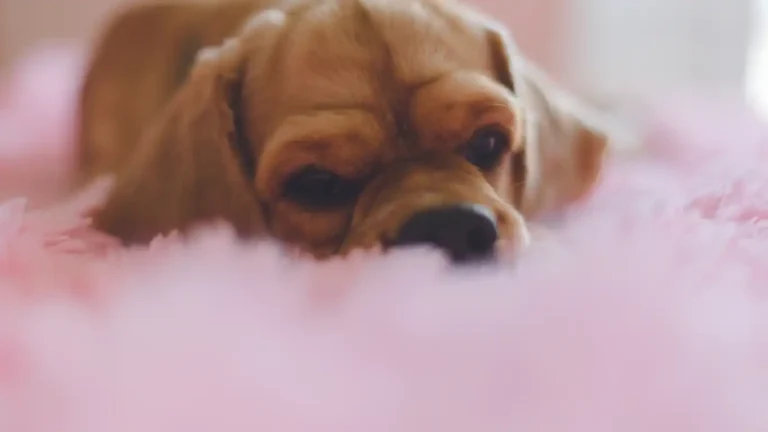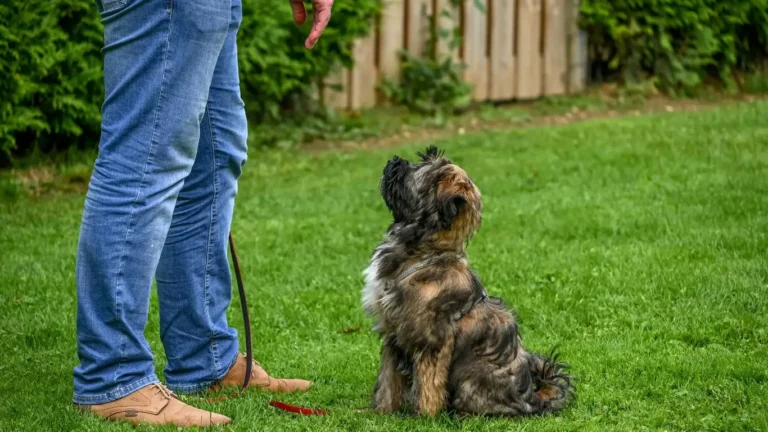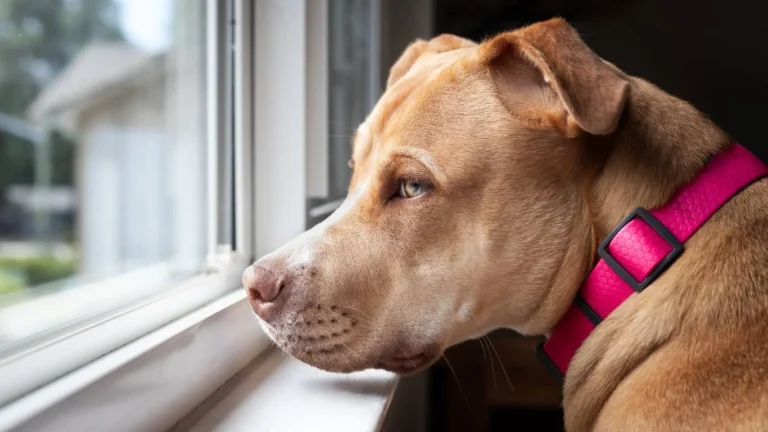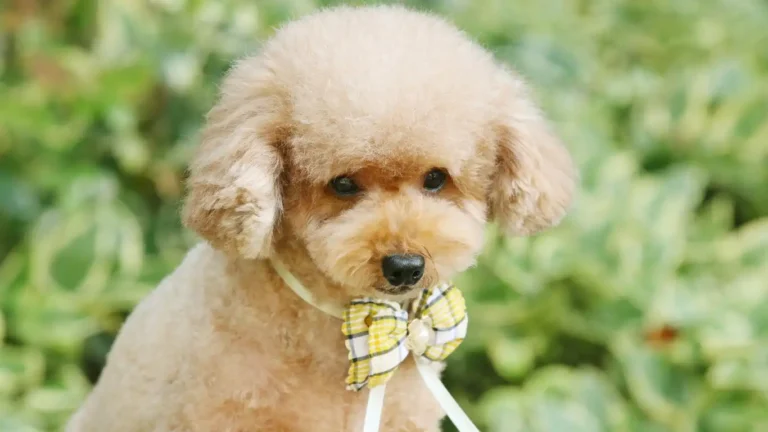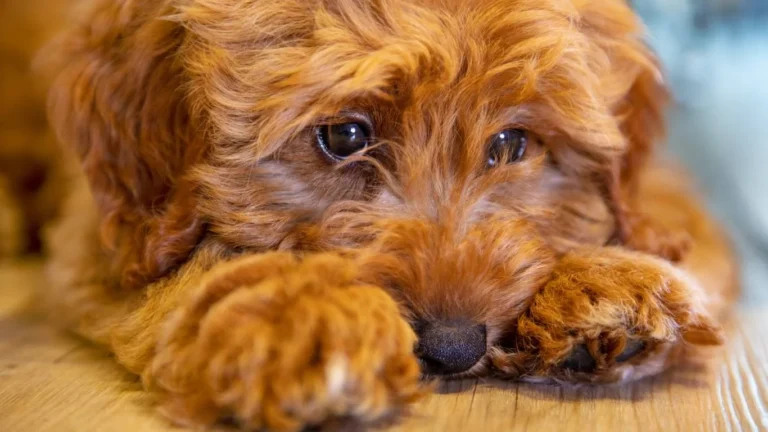Proven Tips to Prevent Hairballs in Long-Haired Dogs Fast
If you’re a dog parent to a long-haired pup, you’re probably all too familiar with the battle against hairballs. And yep, I said hairballs—not just a cat thing! One question I get constantly from pet owners in my nutrition consults is: how to prevent hairballs in long-haired dogs. Honestly, it’s not something most people expect to deal with when they bring home a fluffy Golden Retriever, Afghan Hound, or even a mixed-breed with a flowing coat. But trust me, it’s a thing—and it can be a real issue if you’re not proactive.
Understanding Hairballs in Long-Haired Dogs
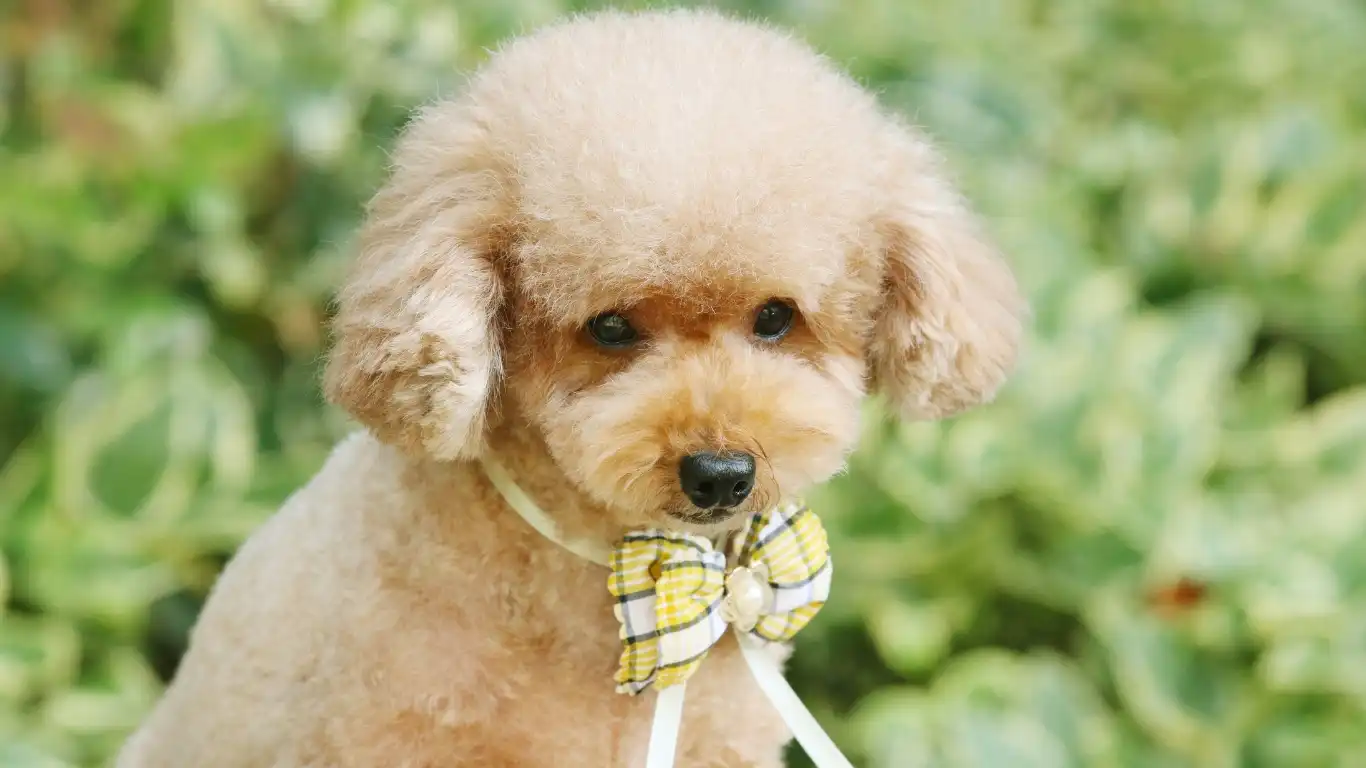
Let’s clear up a common myth: dogs don’t typically get hairballs in the same way cats do, but long-haired breeds are still prone to ingesting fur—especially during grooming or when they’re licking at itchy skin. Over time, this can lead to some unpleasant GI symptoms, from mild constipation to full-on blockages. Not fun for them (or you).
Back when I was working full-time in clinic, we had a lovely Irish Setter named Ginger come in. Her owner was puzzled because Ginger had been throwing up on and off for weeks. After some imaging and a whole lot of GI support, we discovered a pretty nasty hairball clogging things up. That was a wake-up call for both of us—and why I always educate long-haired dog owners on prevention early and often.
So… why do hairballs happen in dogs?
It comes down to a few main culprits:
- Excessive shedding – especially during seasonal coat blows
- Poor grooming habits – either on the dog’s end or the human’s
- Underlying skin conditions – allergies, fleas, dermatitis
- Nutrition deficiencies – a big one that often gets overlooked
Unlike cats, dogs don’t have those barbed tongues that trap fur like Velcro. But they do still groom themselves, and in some cases—especially anxious or itchy pups—they can overdo it. That’s when the trouble starts.
Grooming: Your First Line of Defense
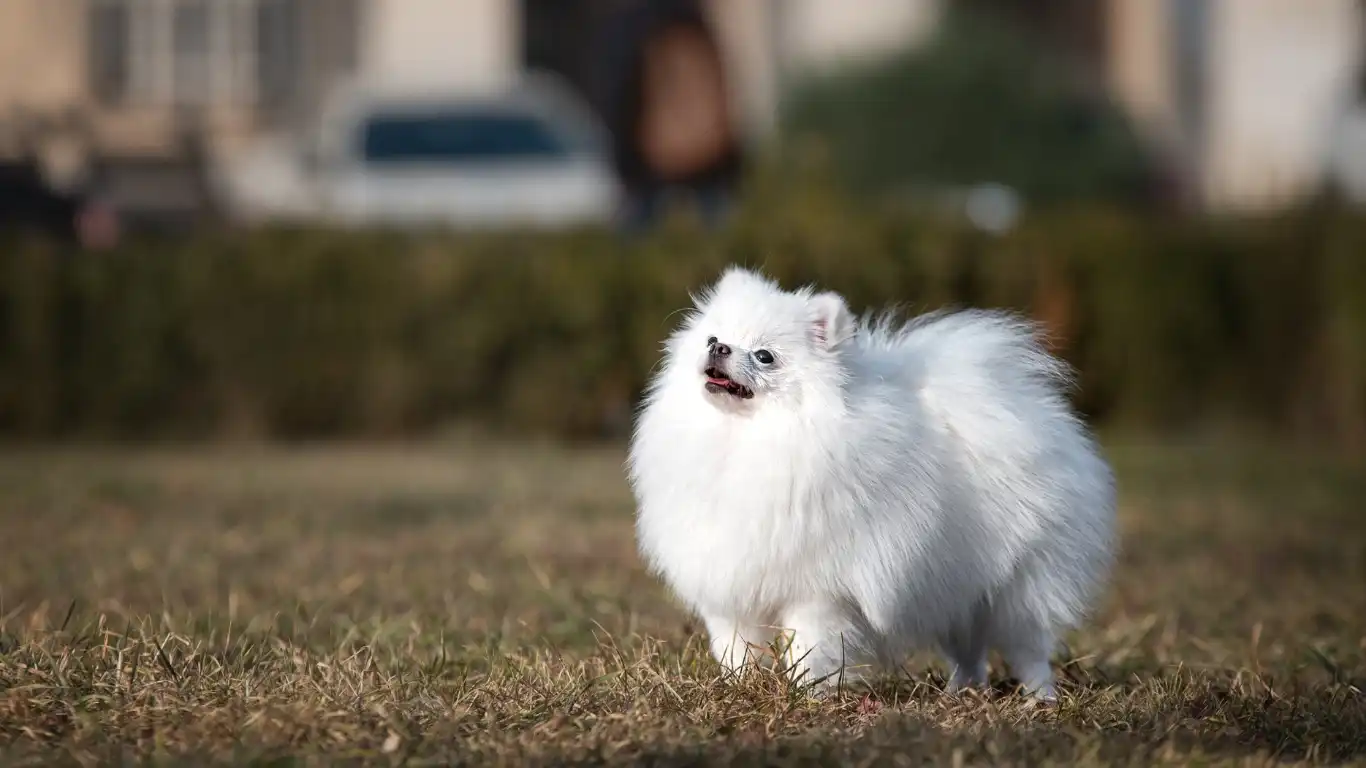
Alright, let’s talk grooming. This is where you can really make a difference—and it doesn’t have to be a chore if you find your rhythm. I always tell clients: grooming isn’t just about aesthetics; it’s health care. You’re literally brushing away potential GI issues, one stroke at a time.
My go-to grooming tips:
- Brush daily (or at least every other day) – Especially during spring and fall. A slicker brush is your best friend for breeds like Collies, Newfoundlands, or anything double-coated.
- Use a detangler spray or conditioning mist – It cuts down on friction and keeps the fur from breaking or matting.
- Check for mats and burrs – These spots are where dogs tend to lick excessively, leading to more ingested fur.
- Make it a bonding time – Dogs pick up on our vibes. Keep it chill, toss in some treats, and make it part of your daily routine.
I’ve had countless pet parents tell me, “Oh, my dog hates being brushed,” only to come back two weeks later raving about how much their pup enjoys it now. It’s all in the approach—and consistency.
Let’s Talk Nutrition (Because It Always Comes Back to Food)
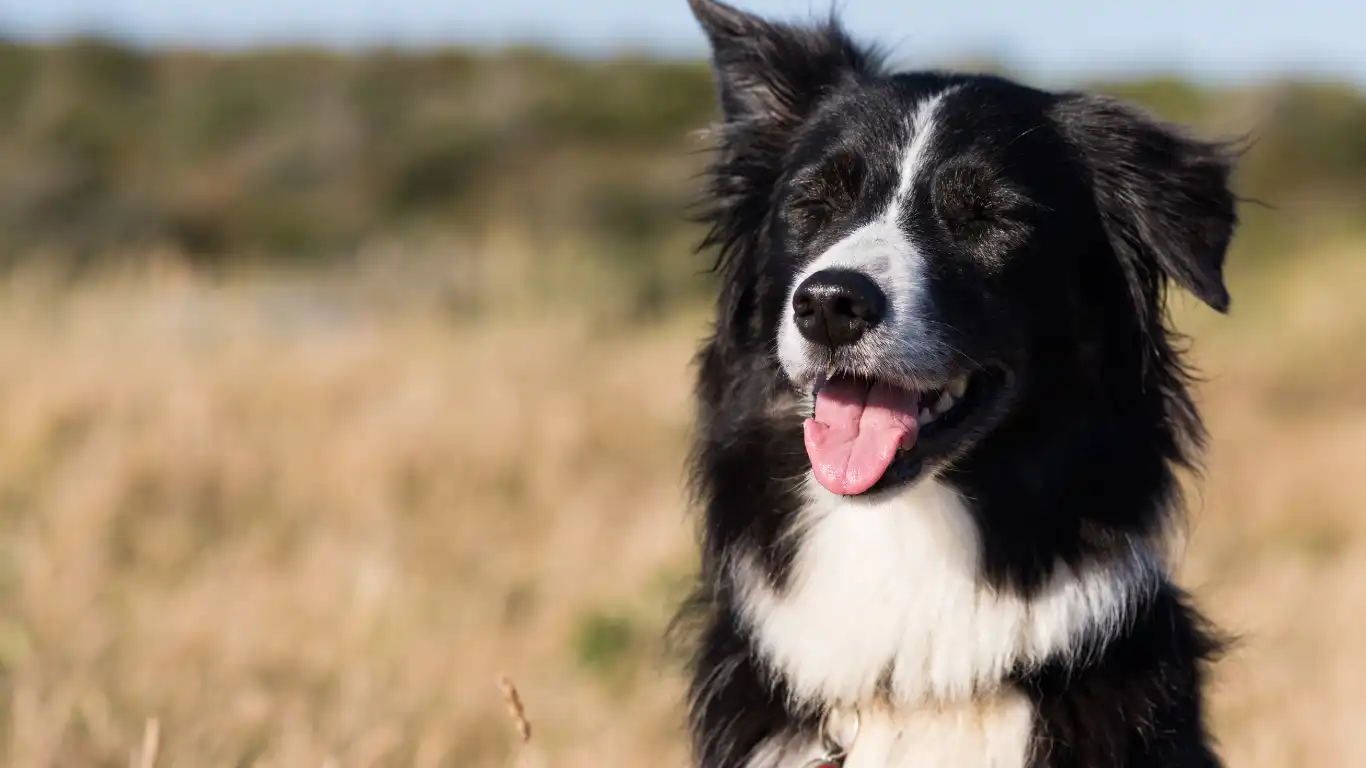
As someone who specializes in canine nutrition, I can’t stress enough how diet plays a huge role in preventing hairballs in long-haired dogs. A healthy coat starts from the inside out. When a dog’s diet is lacking in certain nutrients, their coat becomes dry, brittle, and sheds more—basically an open invitation for hairballs.
Key nutrients to focus on:
- Omega-3 and Omega-6 fatty acids – Found in fish oil, flaxseed, and some premium dog foods. These keep the coat shiny and reduce shedding.
- Zinc and biotin – Essential for skin and coat health. A deficiency can lead to dull fur and flakiness.
- High-quality protein – Your dog’s coat is made mostly of protein, so make sure their food isn’t skimping here.
I once had a client whose Border Collie was constantly licking and shedding like crazy. We reviewed the diet, added a fish oil supplement, and within a month the difference was night and day. The dog looked glossier, licked less, and—no surprise—stopped having tummy issues from fur ingestion.
Foods to avoid
Just as important as what to add is what to leave out. Some lower-end kibble options are loaded with fillers like corn and soy, which don’t do your dog’s coat any favors. They may even trigger food sensitivities, making the itching (and licking) worse. Not all kibble is created equal—don’t be afraid to ask your vet or vet tech (like me!) for guidance tailored to your dog’s needs.
And please, avoid trendy raw diets unless they’re being guided by a veterinary nutritionist. I’ve seen too many pups end up with imbalance issues that just lead to more problems—including increased hair loss.
Hydration and Hairball Prevention: Yes, It Matters
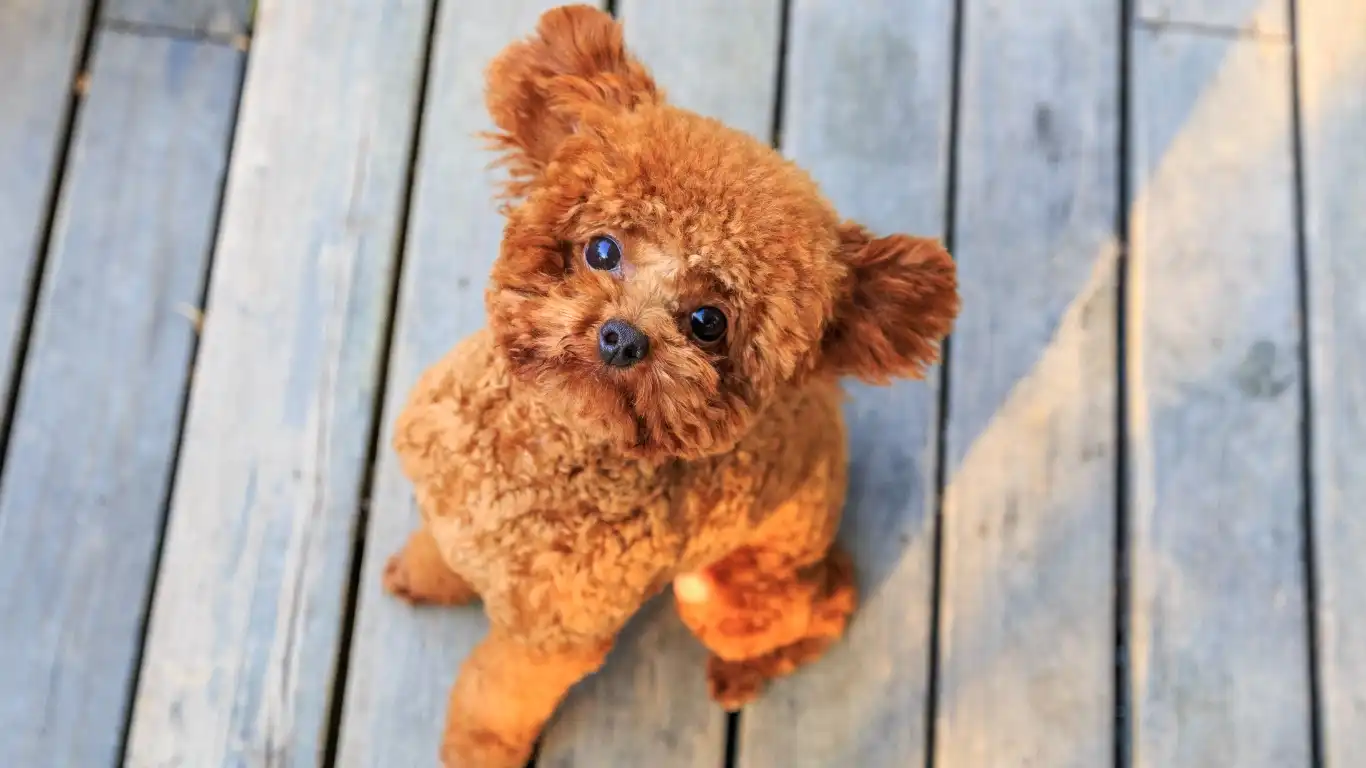
Alright, hydration doesn’t always get the spotlight when it comes to preventing hairballs in long-haired dogs, but it really should. Think about it—when a dog’s digestive system is well-hydrated, things move smoothly. If they’re even slightly dehydrated, that fur they’ve swallowed is way more likely to clump up and cause issues.
I once worked with a sweet old Sheltie named Bella who was getting hairballs stuck more often than not. We tweaked her grooming routine and her food, but the real game-changer? Simply encouraging more water intake. Her owner started adding a little bone broth to her meals and switched to a water fountain—boom, problem solved.
Tips to boost your dog’s water intake:
- Use a pet-safe water fountain – Flowing water often entices dogs to drink more (plus it stays fresher).
- Add moisture to meals – Mix in a bit of water, broth, or even canned food if your dog is eating dry kibble.
- Offer water in multiple locations – Especially helpful in multi-story homes or for senior dogs who move less.
Hydration plays a sneaky but essential role in keeping your pup’s gut moving and minimizing the risk of furball formation—something you definitely don’t want building up in there.
Behavior and Anxiety: The Licking Link

Here’s one that often catches people off guard—behavioral causes can absolutely contribute to hairballs in dogs. Overgrooming due to stress, anxiety, or boredom is more common than most folks realize. Long-haired dogs, in particular, are often more sensitive (looking at you, Border Collies and Aussies!).
I remember this gorgeous Afghan Hound named Luna—super model energy, but she was a nervous licker. Her family had just moved, and she started obsessively licking her belly. The amount of fur she was swallowing? Wild. We worked on a combination of environmental enrichment, calming aids, and gentle deterrents to break the habit. It was a slow road, but the furball issues eased up once the licking calmed down.
Signs your dog’s licking is more than grooming:
- Licking the same area repeatedly
- Hair loss or redness in certain spots
- Chewing/licking paws when nothing’s visibly wrong
- More licking when left alone or during stressful moments (like thunderstorms)
If this sounds familiar, consider talking to your vet or a certified canine behaviorist. Sometimes it’s anxiety, sometimes it’s allergies or boredom—but whatever the cause, managing it will go a long way in cutting down how much fur your pup ingests.
Supplements That Actually Help
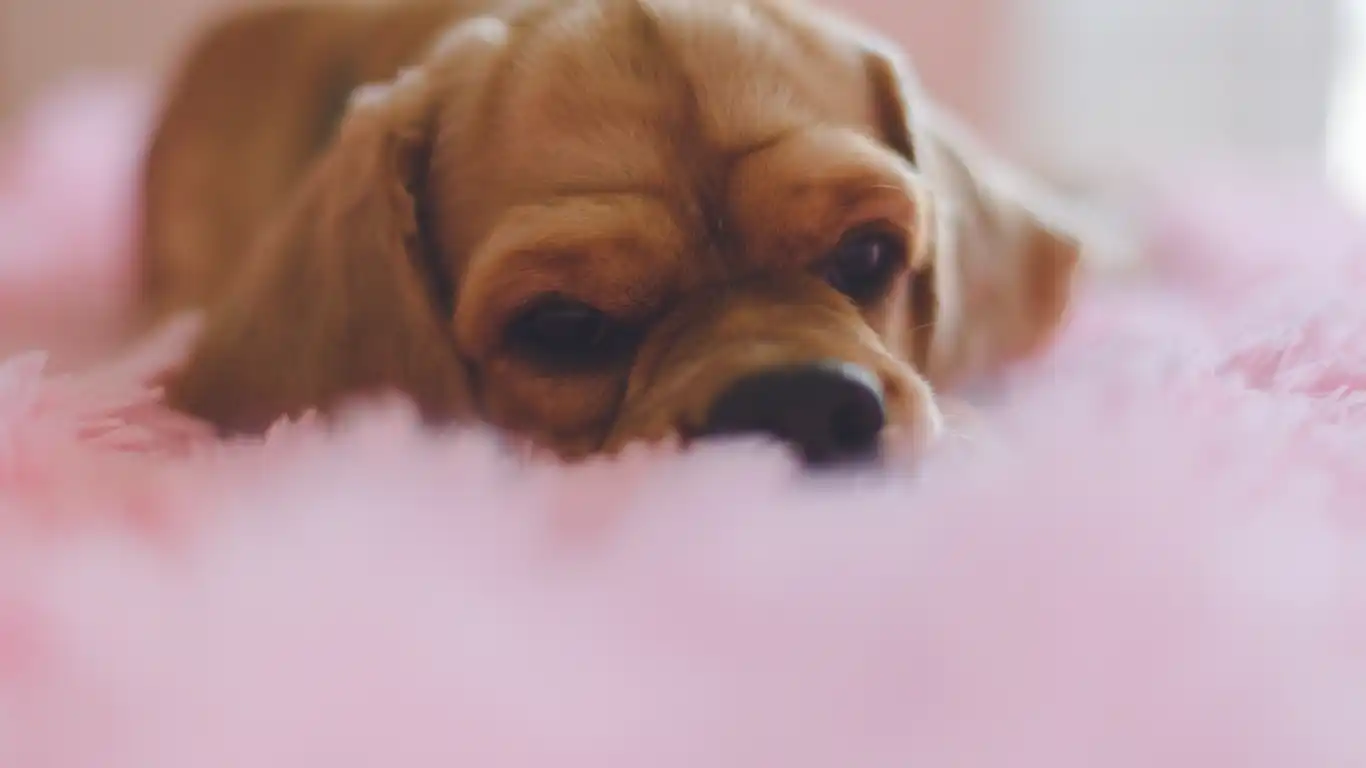
Okay, I’m usually a “food first” kind of tech, but there are some supplements that can genuinely help reduce shedding and support digestion—especially in long-haired dogs. Just make sure you’re picking high-quality stuff, not random Amazon specials with flashy labels.
Supplements I often recommend in consults:
- Omega-3 fish oil capsules – For anti-inflammatory benefits and better coat health.
- Probiotics – To help break down anything that does get swallowed, including fur.
- Digestive enzymes – Particularly helpful in older dogs or those with GI sluggishness.
- Biotin or coat/skin multivitamins – But only if their regular diet is lacking or skin issues are ongoing.
Quick pro tip from the field: If you’re adding oils or powders, start slow and always introduce one at a time. That way, if something doesn’t sit right, you’ll know exactly what the culprit is. Also, make sure you’re consulting your vet before adding anything new, especially if your dog’s on meds or has existing conditions.
Environmental Triggers & Seasonal Shedding
Another overlooked factor in how to prevent hairballs in long-haired dogs? Your dog’s environment and the time of year. Seasonal shedding can be intense—especially for northern breeds living in warmer climates (shoutout to all the Huskies in Florida).
When spring hits, I see a spike in shedding-related issues every single year. More fur means more grooming, more licking, and yes—more risk of hairballs. But even things like indoor air quality, allergens, or even how often your dog gets bathed can play a role.
What you can do around the house:
- Use an air purifier – Helps with dander, dust, and allergens that can irritate your pup’s skin.
- Vacuum regularly – Keeps loose fur off the floor and off your dog’s body (because you know they roll in it).
- Keep bathing balanced – Too little can lead to buildup; too much can strip natural oils. Aim for every 4-6 weeks unless advised otherwise.
And don’t forget about the bedding! I always tell clients to wash dog beds, blankets, and soft toys regularly. Fur sticks to that stuff like crazy and ends up right back on your dog.
Personal Favorite Hack:
A lint roller—keep one in every room. Sounds ridiculous, but it makes quick de-shedding touch-ups easy and kinda fun. I even use one on my clothes before clients come in. Trust me, nothing says “I own a dog” like black scrubs covered in white fur!
When to Talk to Your Vet About Hairballs
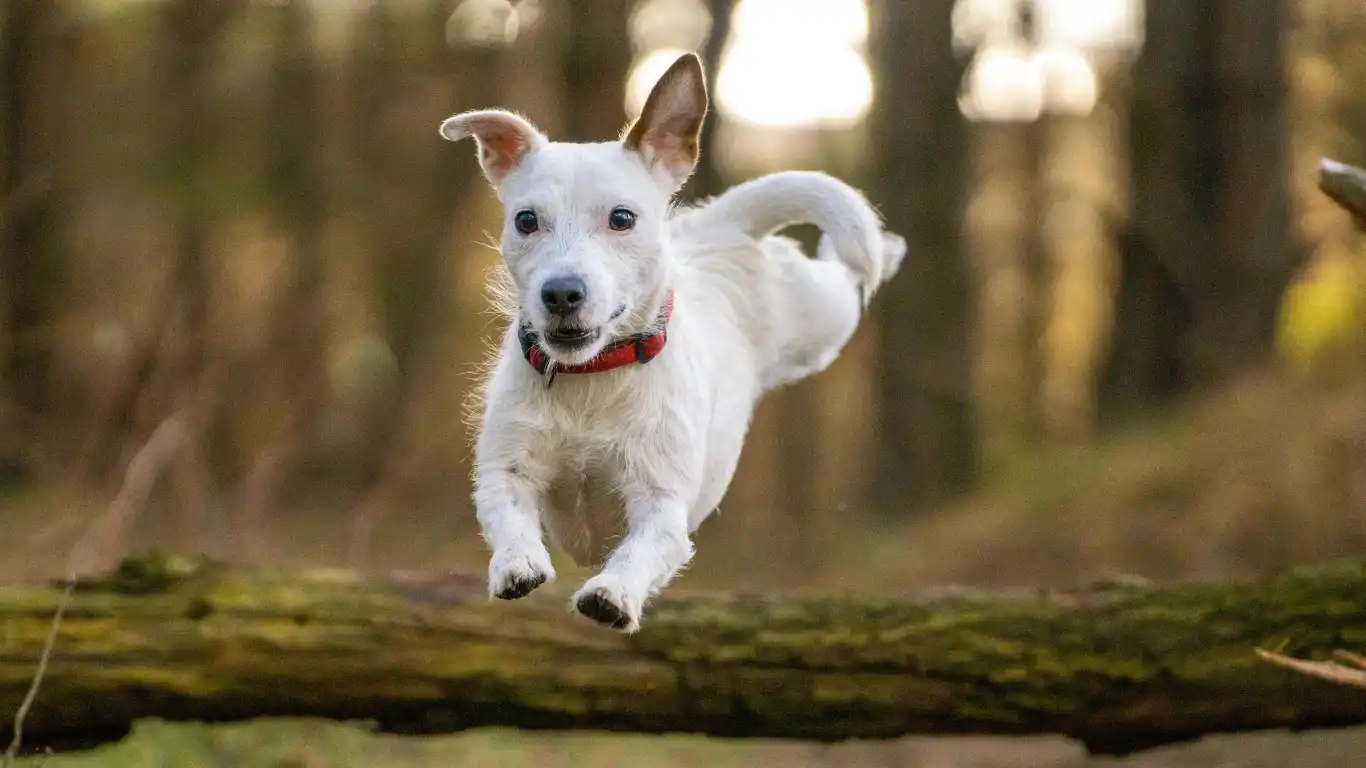
So, let’s say you’re doing all the right things—brushing, feeding a balanced diet, staying on top of supplements—and your long-haired pup is still hacking up fur or having digestive issues. That’s your cue to loop in your vet.
While hairballs in dogs aren’t as common as in cats, they can still lead to some not-so-fun complications if left unchecked. In my time working the floor, I’ve seen dogs come in with GI obstructions that turned out to be matted clumps of fur. That’s not something you want to find out the hard (and expensive) way.
Red flags to watch for:
- Frequent vomiting (especially with fur in it)
- Chronic constipation or straining to poop
- Loss of appetite or weight loss
- Lethargy or signs of abdominal discomfort
Even if it’s something minor, it’s better to get it checked out early. Your vet may recommend diagnostics like X-rays or ultrasounds to make sure there’s nothing stuck, and they can rule out any underlying conditions like allergies or IBD that might be contributing to excessive licking or shedding.
One of the best parts of being a vet tech, honestly, is being that bridge between the owner and the vet—translating the concerns and helping people advocate for their dogs. You know your pup better than anyone, and if something feels off, it probably is.
Routine & Prevention: Set It and Forget It (Almost)

Consistency is your BFF when it comes to preventing hairballs in long-haired dogs. This isn’t about fancy products or gimmicks—it’s about creating a sustainable routine that works for both you and your dog.
Your simple hairball prevention checklist:
- Daily brushing – Tailor it to your dog’s coat type. Some need more, some less.
- Nutritious, balanced diet – One that supports coat health and digestion.
- Plenty of hydration – Water bowls, wet food, or broths help a ton.
- Supplements as needed – Only with guidance, and only high-quality sources.
- Environmental care – Clean bedding, air quality, seasonal grooming ramps.
- Behavior checks – Watch for overgrooming or signs of anxiety.
- Vet checkups – Don’t skip the annuals. Mention any changes you’ve seen.
It’s all about building habits. I like to attach grooming to something I’m already doing, like watching Netflix in the evening or my morning coffee time. It becomes a bonding ritual, not a chore—and your dog starts to actually look forward to it.
What works for me (and might for you too)
Personally, I keep a small grooming basket by the couch with my go-to tools: a slicker brush, detangling spray, some dental chews, and yep—a lint roller (because always). It takes five minutes a day, and the payoff is massive. Less fur in my house, fewer digestive issues for the dog, and a coat that looks straight-up magazine-worthy.
Tail-End Thoughts (Pun Totally Intended)
Preventing hairballs in long-haired dogs isn’t rocket science, but it does take some awareness and intention. The good news? Once you get into a groove, it’s easy to maintain—and your dog will be healthier (and happier) for it.
And hey, if you ever feel overwhelmed or unsure, reach out to your vet clinic team. I promise, most of us vet techs live for those “what brush should I use?” and “what’s the best supplement for coat health?” convos. No question is too small when it comes to your pup’s health and comfort.
If I’ve learned anything over the years, it’s that prevention is so much easier—and cheaper—than treatment. A little effort now saves you from scary vet bills and uncomfortable furballs later. So grab that brush, double-check that food label, and give your dog a good scratch behind the ears for me.
References
Disclaimer
This blog is intended for educational and informational purposes only and should not replace professional veterinary advice. Always consult with your veterinarian or a licensed veterinary technician regarding your pet’s individual health and dietary needs.


